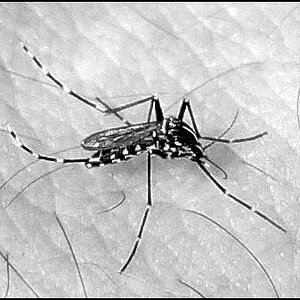Big
TPF Noob!
- Joined
- Apr 22, 2009
- Messages
- 1,227
- Reaction score
- 0
- Location
- New Hampshire
- Website
- coffmanimages.webs.com
- Can others edit my Photos
- Photos NOT OK to edit
Do you also know of any books or sites to look at for composition? This seems to be a problem of mine. (yes I know about rule of thirds but people say it's a habit to break, so I'm confused).On the other hand, read Ansel's "The Camera", "The Negative" and "The Print", and you'll find that each step of the photographic process is important. It's never ever been about getting it all done at the time of the shutter press. That's always just been step one towards a great photo.




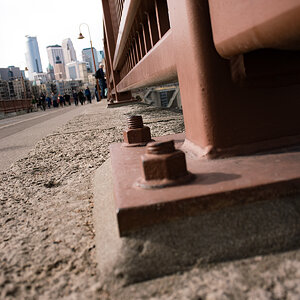
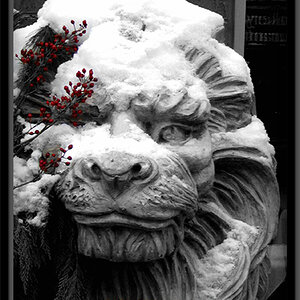
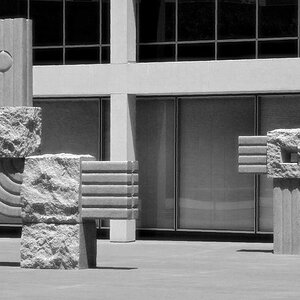


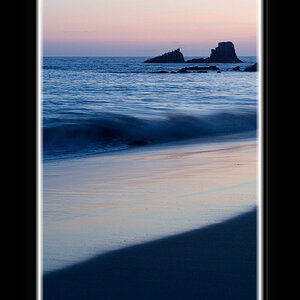
![[No title]](/data/xfmg/thumbnail/33/33023-51777cffdd160249e68e593d19942418.jpg?1619735835)


